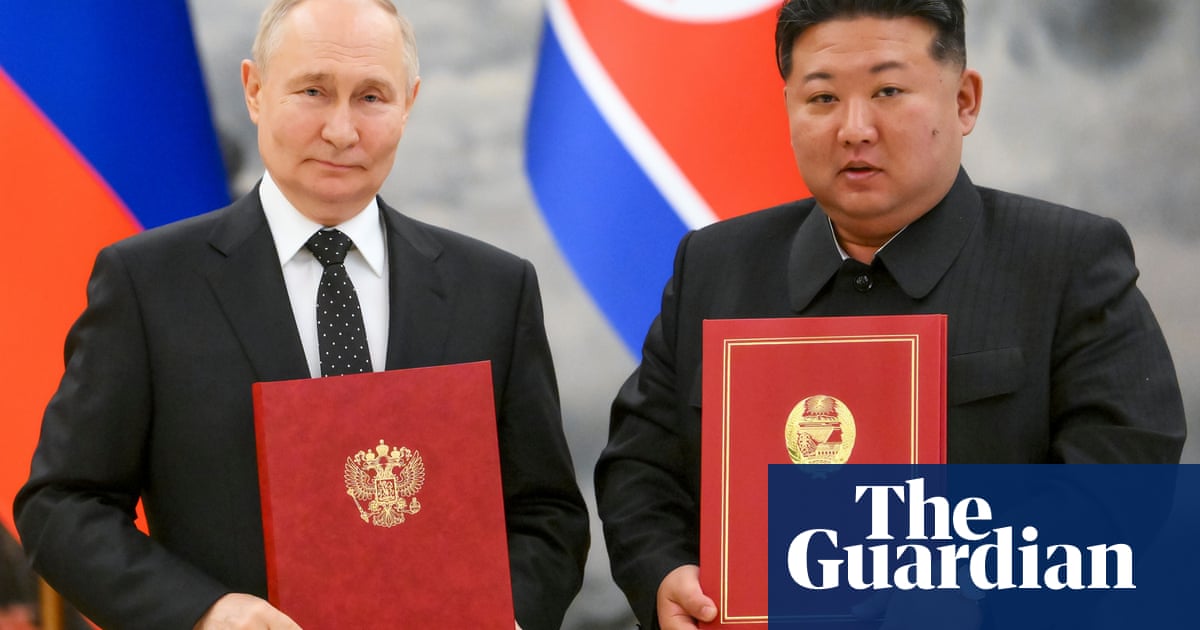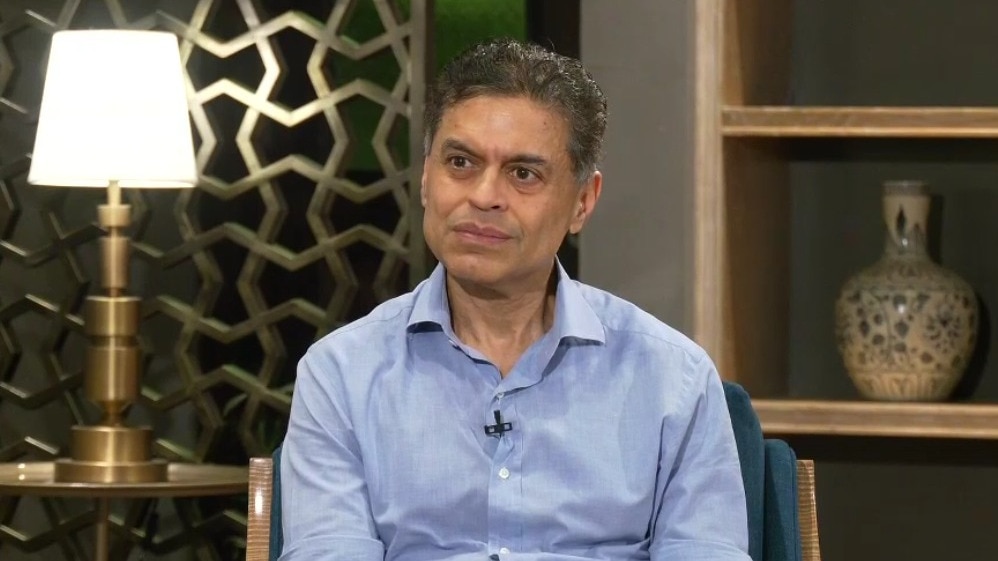Is Yahya Sinwar, known as the mastermind behind the October 7 Hamas massacre that killed over 1,200 Israelis and took over 250 hostages making him “one of the world’s most wanted terrorists”, now dead?
Dubbed the “Butcher of Khan Younis” for his role in interrogating, torturing, and killing alleged Palestinian informants for Israel, as well as Palestinians suspected of deviating from strict Islamic codes of behaviour, when he was head of Hamas’ internal security service, Sinwar spent over two decades in an Israeli prison for his role in the murder of two Israeli soldiers. He was released in 2011 as part of the Gilad Shalit deal.
One of the most uncompromising top Hamas officials
Born in 1962 in Khan Younis, Sinwar is often portrayed as one of the most uncompromising top Hamas officials. He was arrested by Israel repeatedly in the early 1980s for his involvement in anti-occupation activism at the Islamic University in Gaza.
After his graduation, he helped establish a network of fighters to take up armed resistance against Israel. The group would later become the Qassam Brigades, the military wing of Hamas.
Sinwar joined Hamas as one of its leaders almost as soon as the group was founded by Sheikh Ahmed Yassin in 1987. The following year, he was arrested by the Israeli forces and handed four life sentences – the equivalent of 426 years in jail – for alleged involvement in the capture and killing of two Israeli soldiers and four suspected Palestinian spies.
Learnt Hebrew, Israeli affairs, and domestic politics in jail
He spent 23 years in Israeli jail where he learned Hebrew and became well versed in Israeli affairs and domestic politics. He was freed in 2011 as part of the prisoner exchange deal that saw the release of Israeli soldier Gilad Shalit, who had been captured by Hamas.
After his release, Sinwar quickly rose through Hamas’s ranks again. In 2012, he was elected to the group’s political bureau and was tasked with coordinating with the Qassam Brigades.
He played a leading political and military role during Israel’s seven-week offensive against Gaza in 2014. The next year, the United States labelled Sinwar as a “specially designated global terrorist”.
Successor of Haniyeh
In 2017, Sinwar became Hamas’s chief in Gaza, succeeding Ismail Haniyeh, who was elected as the chair of the group’s political bureau.
Unlike Haniyeh, who had travelled regionally and delivered speeches throughout the continuing war on Gaza, until his assassination, Sinwar had been tight-lipped since October 7.
‘The big project’
The Hamas plans involved a cross-border attack targeting both military and civilian sites in Israel. Initial discussions about this strategy began in January 2022, with Hamas officials underlining the need to focus on what they termed “the big project” while avoiding immediate conflict escalation.
Letters from Hamas chief Yahya Sinwar to Iranian officials, dated as early as June 2021, revealed requests for financial and military support for a large-scale assault on Israel. In the letters obtained by the US media outlets, Sinwar describes the extensive damage sustained by Hamas during clashes with Israel and asks the Iranians to make up for the losses and help the group prepare for much larger battles to come.
“We are in dire need of your standing with us with all strength, determination, support and backing; first to restore our strength and what has been exhausted in this confrontation or what has been targeted, and to develop our capabilities many times over,” he wrote in the letter to Ismail Qaani, the leader of the Islamic Revolutionary Guard Corps’ Quds Force.
In the letters written in 2021, Hamas’s Gaza leader appealed to several senior Iranian officials, including the country’s supreme leader, Ali Khamenei, for additional financial and military support. “We promise you that we will not waste a minute or a penny unless it takes us toward achieving this sacred goal,” states a June 2021 letter with apparent signatures by Sinwar as well as five other Hamas officials, according to The Washington Post.
‘9/11 style attack’
As planning progressed over months, several attack scenarios were discussed, including potential targets such as shopping malls and military command centres. According to WAPO, one ambitious proposal involved a September 11-style attack on the Azrieli Towers in Tel Aviv, though this plan was ultimately discarded due to concerns about feasibility.
By September 2022, Hamas appeared ready to execute its plan, which involved attacking military bases before targeting civilian areas. However, the assault did not occur until October 7, 2023. The delay was attributed to ongoing efforts to secure Iranian and Hezbollah support. In August 2023, Sinwar’s deputy met with an Iranian official to discuss operational details for the planned attack.
Although both Iran and Hezbollah voiced support for the attack, they needed more time for preparation, according to the reports. Ultimately, Hamas proceeded without direct help from these allies but launched its assault as planned. On October 7, Hamas executed its deadly operation, resulting in the killing of over 1,200 people across southern Israel and the abduction of some 250 individuals.
On Israel’s radar
Since the October 7 attack on southern Israel – believed to have been orchestrated by Sinwar – Israel has targeted key figures within Hamas, including the group’s military wing chief, Muhammad Deif, and Khan Younis Brigade chief, Rafa’a Salameh.
Hamas chief Ismail Haniyeh and deputy chief Saleh al-Arouri were also killed in drone strikes in Iran and Beirut, respectively, earlier this year.
Reports had said that Yahya Sinwar and his brother Muhammad remained high-value targets for Israeli forces. Yet attempts to locate them had proven unsuccessful, so far.
(With agency inputs)

 1 month ago
1 month ago


















